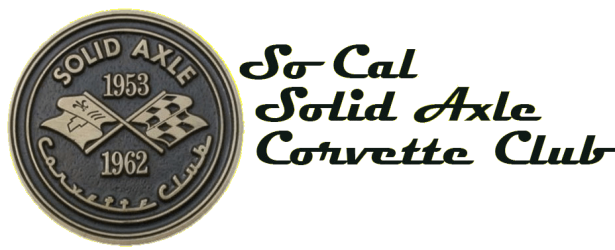| Fiberglass information | ||||||||||
|
||||||||||
|
Southern California Solid Axle Corvette Club |
||||||||||
[av_textblock size=” font_color=” color=”]
[/av_textblock]
[av_button label=’Tech Topics Home’ link=’page,125′ link_target=” size=’small’ position=’center’ icon_select=’no’ icon=’ue800′ font=’entypo-fontello’ color=’theme-color’ custom_bg=’#444444′ custom_font=’#ffffff’]
